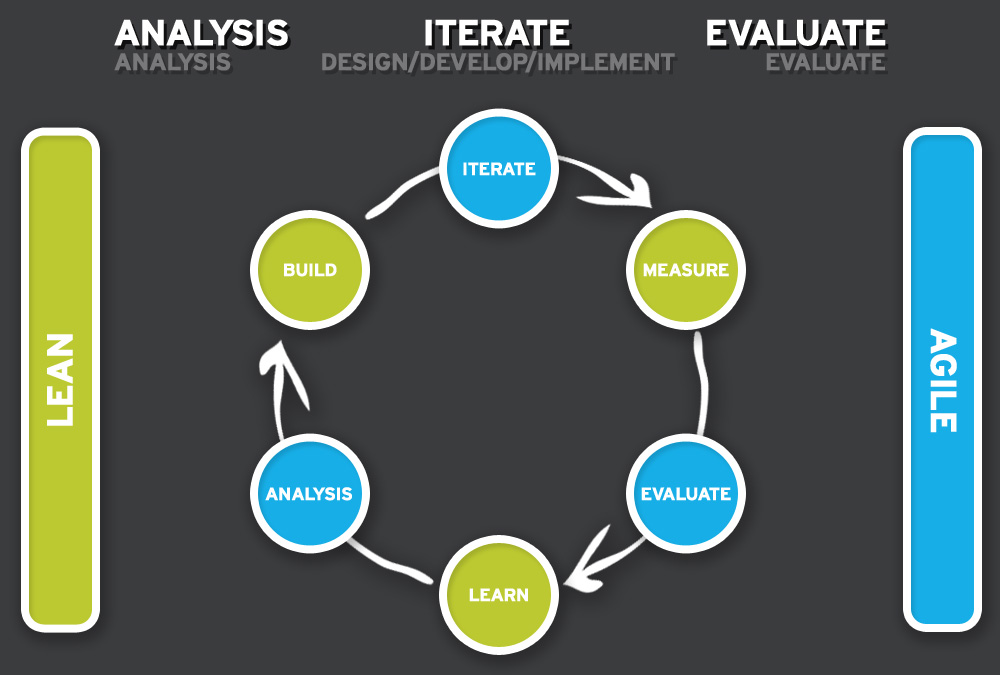Product Iteration
What is Product Iteration?

Definition:
“Product Iteration” refers to the process of refining and enhancing a product through a series of incremental updates and improvements. It involves systematically assessing user feedback, identifying areas for enhancement, and implementing changes to create a better version of the product. Product iteration is a fundamental aspect of agile development methodologies, emphasizing continuous improvement and responsiveness to user needs and market dynamics.
Analogy:
Consider product iteration as the evolution of a car model. Just as car manufacturers release updated versions with improved features, better performance, and enhanced safety based on user feedback and technological advancements, product iteration involves refining and updating a product to meet changing requirements and user expectations.
Further Description:
Product iteration involves several key components:
User Feedback Analysis: Gather and analyze feedback from users to understand their experiences, pain points, and suggestions. This can come from customer reviews, surveys, support tickets, and other communication channels.
Identifying Areas for Improvement: Based on user feedback and market trends, identify specific areas of the product that can be enhanced or refined. This may include features, usability, performance, and overall user experience.
Prioritizing Iterations: Prioritize the identified improvements based on their impact on user satisfaction, business goals, and technical feasibility. This helps in focusing resources on the most critical aspects of the product.
Agile Development Practices: Adopt agile methodologies to facilitate a flexible and iterative development process. This involves breaking down the product into smaller, manageable tasks and implementing changes in short development cycles.
Continuous Testing: Implement thorough testing procedures to ensure that each iteration meets quality standards and does not introduce new issues. This includes functional testing, usability testing, and performance testing.
User Involvement: Involve users in the iteration process through beta testing, early access programs, or direct engagement. This ensures that the changes align with user expectations and needs.
Iterative Release Cycle: Release product updates regularly in smaller increments rather than waiting for a big release. This allows for quicker responses to changing requirements and reduces the time between identifying improvements and implementing them.
Why is Product Iteration Important?
User-Centric Improvement: Product iteration is driven by user feedback, ensuring that the product evolves in response to user needs and preferences.
Competitive Advantage: Continuous improvement keeps the product competitive by adapting to market trends, technological advancements, and user expectations.
Risk Mitigation: Iterative development allows for the identification and correction of issues in smaller increments, reducing the risk of large-scale failures or dissatisfaction.
Adaptability: In a dynamic business environment, product iteration enables rapid adaptation to changing market conditions, emerging technologies, and competitive landscapes.
Customer Retention: Regular updates and improvements contribute to customer satisfaction, fostering loyalty and reducing the likelihood of users seeking alternative solutions.
Examples and Usage:
Apple iOS Updates: Apple regularly releases incremental updates to its iOS operating system, addressing security vulnerabilities, introducing new features, and improving overall system performance based on user feedback.
Software as a Service (SaaS) Platforms: Many SaaS platforms, such as Google Workspace and Microsoft 365, continuously iterate their productivity tools, adding new features, improving user interfaces, and enhancing collaboration capabilities.
Tesla Software Updates: Tesla’s electric vehicles receive over-the-air software updates, improving autopilot features, introducing new functionalities, and addressing issues reported by users.
Key Takeaways:
- Product iteration prioritizes user feedback and aims to enhance the user experience based on real-world usage.
- Adopting agile methodologies allows for flexibility, adaptability, and a faster response to changing requirements.
- Product iteration is an ongoing process that involves regular updates and improvements, ensuring the product remains relevant and competitive.
- Releasing updates in smaller increments reduces the time between identifying improvements and implementing them, facilitating a more agile development process.




